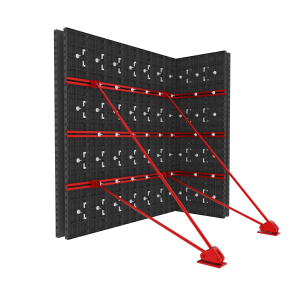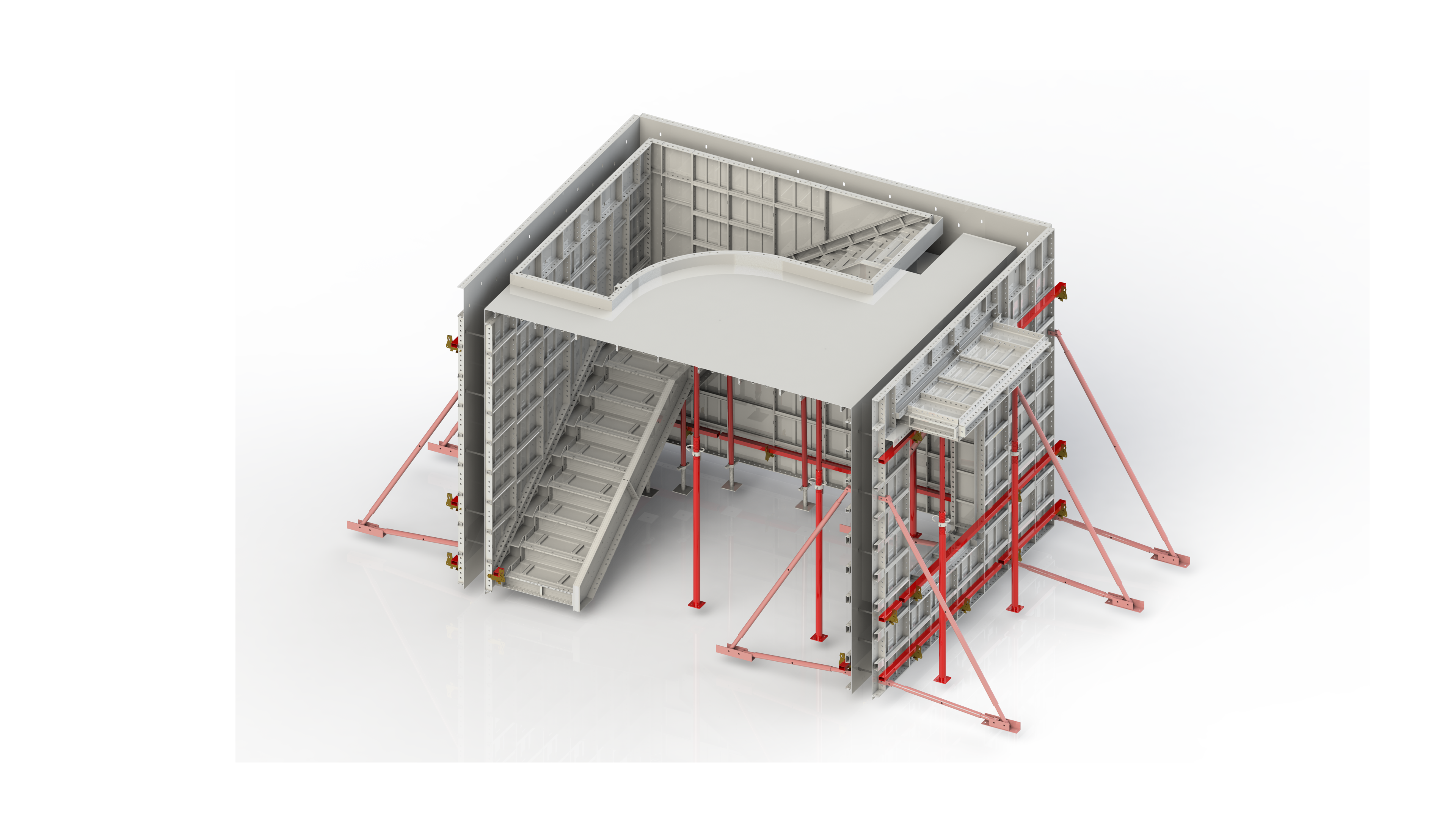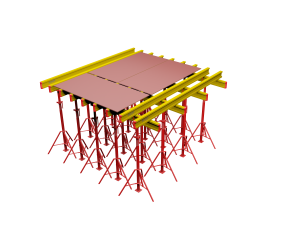Formwork Solutions
SW20 Beam Formwork
★Customized Timber Beam Concrete Formwork For Vertical Structures In Construction, Water Conservancy, Electric Bridges, And Other Projects.
★Widely Used For All Sizes And Shapes Walls. Efficient Formwork With Flexible Independent Components.
★ High-Quality Fair-Faced Concrete Finishing By High-Quality Plywood, Beams, And Components.

SP600 Plastic Formwork
★ Made by ABS (Acrylonitrile Butadiene Styrene)
★ Recognized as the Lightest Formwork
★ Easy to Use, Easy to Clean
★ No Crane Assistance Working

SA635 Aluminum Formwork
★ No Skilled Labour Required For Formwork System
★ No Heavy Equipments Required For Formwork System
★ One Pouring For All Column & Wall, Beam & Slab
★ No Crane Assistance Working Form Staircase With Accurate Dimensions For Riser And Thread

SP200 Shoring Frame System
★Heavy-Duty Shoring With 90KN Load Capacity
★Widely Used in most construction Applications with Various forming
★Easy, safe to Use, And Compatible With a Full Range Of Beams
★Robust Capacity To Handle Extreme JobSite Conditions
